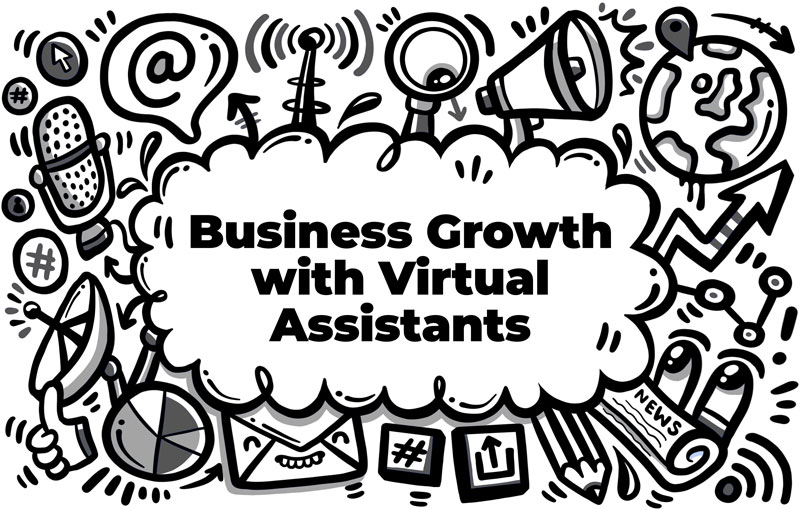The onboarding and training process is critical to integrating a new virtual assistant into your team. It establishes a solid foundation for working together effectively and maximising productivity. This article will explore the key steps to onboarding and training your virtual assistant, from setting expectations and providing resources to offering ongoing support.
Setting Clear Expectations
One of the first steps in onboarding your new virtual assistant is to set clear expectations. This includes defining their role and responsibilities, outlining your preferred communication methods, and specifying your working hours. By providing this information up front, you’ll help your virtual assistant understand their position within your organisation and how they can best support you.
Establishing Communication Channels
Effective communication is crucial for a successful working relationship with your virtual assistant. Establish the channels you’ll use for communication, such as email, instant messaging, or project management tools. Ensure both parties have access to these platforms and are comfortable using them. Additionally, determine how often you’ll touch base and how you’ll handle any questions or concerns that may arise.
Providing the Necessary Resources
To set your virtual assistant up for success, providing them with the necessary resources is essential. This may include access to important documents, software, or subscriptions relevant to their role. Create a centralised location, such as a shared folder or cloud storage, where your virtual assistant can easily access these resources. This will streamline their workflow and enable them to work more efficiently.
Training on Specific Tasks
Your virtual assistant may already have experience in their area of expertise, but it’s still crucial to train them on your organisation’s specific tasks and processes. Start by creating a list of tasks you’d like your virtual assistant to handle, then provide detailed instructions and guidelines for each task. Consider creating video tutorials or written guides to demonstrate your preferred methods and ensure your virtual assistant fully understands your expectations.
Offering Ongoing Support
The onboarding and training process doesn’t end once your virtual assistant has started working with you. It’s important to offer ongoing support and feedback to ensure they continue to grow and adapt to your organisation’s needs. Schedule regular check-ins to discuss progress, address any challenges, and provide constructive feedback. Doing so will create a strong working relationship that will lead to greater productivity and success for both parties.
Evaluating and Adjusting the Process
As your virtual assistant becomes more integrated into your team, evaluating and adjusting the onboarding and training process as needed is important. Consider soliciting feedback from your virtual assistant to identify areas for improvement or potential challenges that may have been overlooked. Continuously refining your approach will create a more efficient and effective onboarding experience for future virtual assistants.
In conclusion, onboarding and training your new virtual assistant is vital in ensuring smooth integration and maximising productivity. By setting clear expectations, establishing communication channels, providing necessary resources, training on specific tasks, offering ongoing support, and evaluating the process, you’ll create a strong foundation for a successful working relationship.



